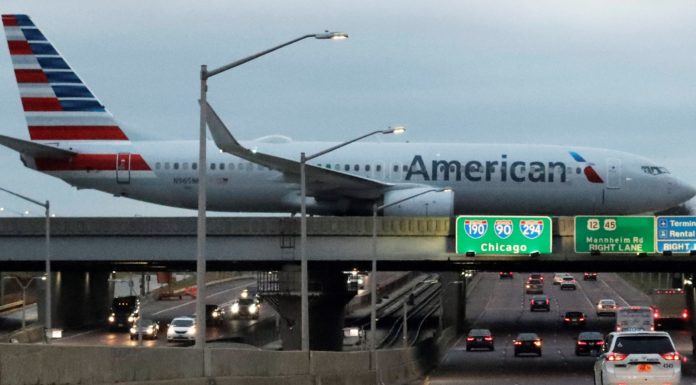(Associated Press) Summer vacation season will be here sooner than you think, making this a good time to start planning that trip and figuring out how to get the most fun and value for your dollar.
The good news for U.S. travelers is that airfares are around their lowest levels since the federal government started keeping track in 1995. The average domestic ticket price is down more than one-fourth over that time, although some of the price drop is offset by fees on everything from checked bags to aisle seats.
Last week, airlines including American, Delta and United were showing round-trip fares between the New York City area and Paris for under $300 for several dates in February and March. Part of the last week in April was available for just a few bucks more. There were deals between the West Coast and Asia for around $400.
“It’s a great time to be a traveler now,” said Matthew Ma, a co-founder of The Flight Deal. “The seats are tighter, the pitch (between rows) is much tighter, but overall it’s a lot cheaper to fly now than say 10 years ago. How long can the airlines sustain that and still make money, who knows?”
Experts like Ma have lots of strategies for saving on flights, lodging, rental cars, dining and sight-seeing.
They all seem to have a theory and data pinpointing the best time to buy an airline ticket before the supply dwindles and prices rise. Most say it’s about six to eight weeks before a domestic trip and farther ahead for an international one. CheapAir.com says the ideal is 76 days. Tracy Stewart, content editor at travel site airfarewatchdog.com, said there is no magic time.
“A really cheap fare can pop up anytime, and if you stick to the 6-week rule you may miss out on something,” he said. “The best thing to do is set a fare alert and monitor fares along your route.”
Sites including Stewart’s and Google Flights make it easy to set alerts that will tell you when prices rise or fall. Google-owned ITA is a less visually appealing site for flight searches, but it has an easy-to-use “calendar of lowest fares” and other tools.
Calendars are useful in quickly spotting the days when prices are lowest. Experts advise being flexible — in flight dates and length of stay, airlines and airports — to get the best price.
Before you click, understand what you are buying. Seats labeled “basic economy” are cheaper but come with restrictions — you’ll board last, you can’t upgrade, and you should count on a middle seat unless you pay an extra fee.
Airlines say they try to keep families together even if they don’t pay pay extra for seat assignments, but Consumer Reports says this continues to be a frequent complaint among travelers.
People who haven’t flown in a while might be shocked at the explosion of extra fees. Discount carriers such as Spirit Airlines sometimes charge the lowest fares but add many fees — even a $10 charge for printing your boarding pass at the airport; do it at home.
“The airlines are constantly finding new fees, and they’re constantly upping the existing fees,” said Bill McGee of Consumer Reports.
Once you get to your destination, your hotel might charge a “resort fee.” While plenty of non-resorts charge resort fees, they are more common and more expensive in tourist-destination cities.
“It’s a bogus fee because you’re not given a choice — it’s mandatory,” McGee said. “The hotel industry has learned some tricks from the airlines.”
The only way to avoid a resort fee may be to avoid the hotel altogether.
Other tips:
— Cheap(ish) destinations
The British pound is still looking anything but sterling when compared to the U.S. dollar, making the United Kingdom more affordable for American Anglophiles. Stewart, the Air fare watchdog editor, said flights to and from Canada are coming down — they are priced like U.S.-only itineraries — as discount carriers such as Swoop add more flights north of the border. Smarter Travel listed countries where the dollar now goes farther.
— Breaks on fees
Southwest remains the only major U.S. airline that still lets passengers check one or two bags for free. Potentially more importantly, it doesn’t charge to change a ticket — than can cost up to $200 on the other biggest U.S. carriers.



